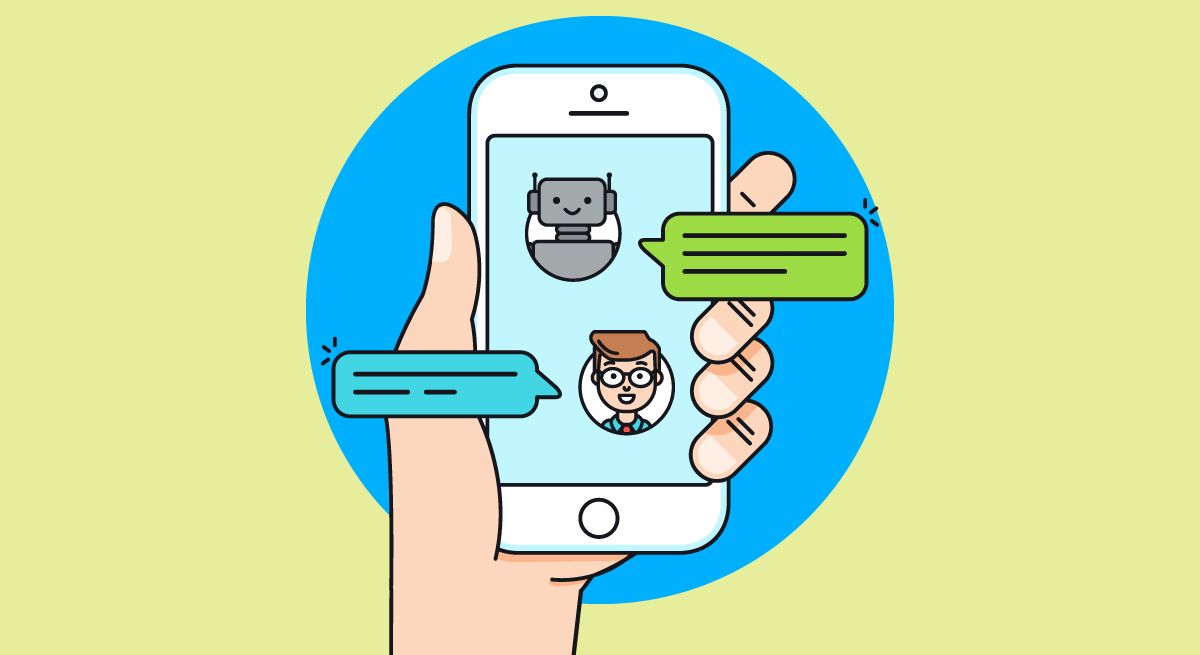Current trends and statistics suggest a continuous growth in the mobile app industry for the coming years. Google Play and App Store own over 2.8 and 2.2 million available apps respectively, and total downloads of apps exceed 150 billion dollars in revenue worldwide (Techcrunch, 2017). However, the uprising of chatbots may potentially become the next disruptive technology that can overtake the use of apps. The advanced AI technology and cloud based software have enabled developers to make automated bots that respond in a user messaging interface. Chatbots can read and respond to messages in a natural language similar to human texting, and can be programmed to carry out conversations or perform different transactions. But how do the functions of chatbots outperform those of mobile apps?
The trend of messaging apps being one of the most prominent and daily used apps give chatbots an advantage. Although there is a wide variety of choices and increasing in the number of apps every month, studies show that the average number of apps people use is only 27. Moreover, 75% of mobile users have messaging apps of some form, to stay connected with friends and family. Chatbots therefore provide a more familiar and simpler user interface for people compared to the rigid functions of apps.
Chatbots also help save time by incorporating all different services and functionalities in one platform. One problem with apps is the endless updates and long periods opening and closing apps trying to find the one app you are looking for. Chatbots save time by utilizing all the different functions, such as ordering food, more convenient online shopping, updates on trade and business stocks, sharing of recent news or change in weather forecast…etc. Chatbots also provide smaller storage capacity compared to downloading multiple apps.
Chatbots not only has benefits for individuals but can also provide businesses with many opportunities. It can help develop closer connections with the customer and promote more effective marketing strategies. However, chatbots still have many limitations such as precision of computer based natural language processing and weaker visuals in comparison to apps. Moreover, the adoption rate of chatbots is relatively low since it is a new technology, therefore it may take some time for customers to get into the use of chatbots. Therefore, although chatbots excel in parts where apps are lacking, apps are not completely out of the picture just yet.
References:
Khorozov, A. (2017). Trends Driving the Chatbot Growth – Chatbots Magazine. [online] Chatbots Magazine. Available at: https://chatbotsmagazine.com/trends-driving-the-chatbot-growth-77b78145bac [Accessed 21 Oct. 2017].
Sheth, B. (2015). Forget Apps, Now The Bots Take Over. [online] TechCrunch. Available at: https://techcrunch.com/2015/09/29/forget-apps-now-the-bots-take-over/ [Accessed 21 Oct. 2017].
Ward, M. (2016). Are killer bots about to do away with smartphone apps?. [online] BBC News. Available at: http://www.bbc.com/news/technology-37154519 [Accessed 21 Oct. 2017].

